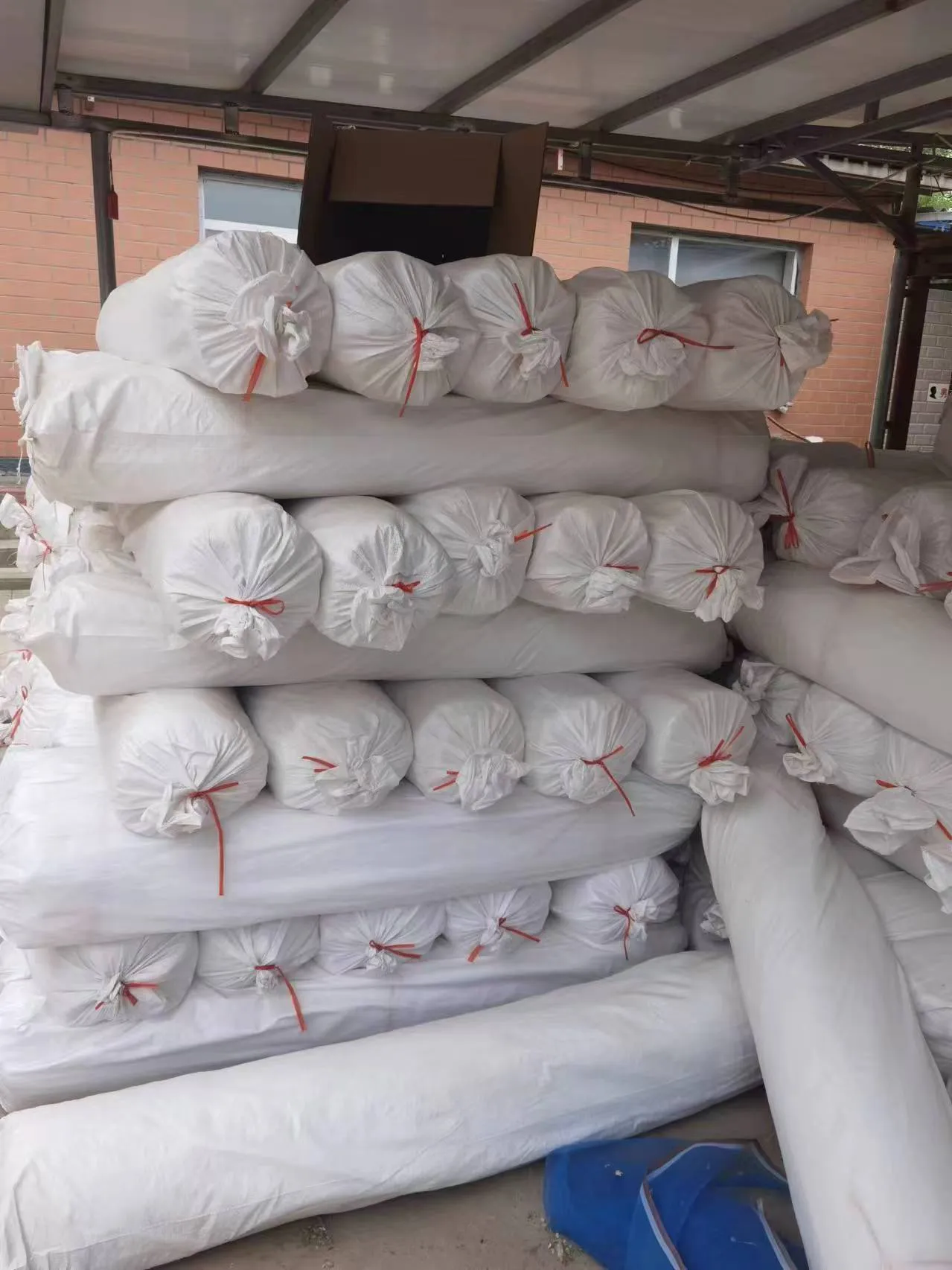-
 Afrikaans
Afrikaans -
 Albanian
Albanian -
 Amharic
Amharic -
 Arabic
Arabic -
 Armenian
Armenian -
 Azerbaijani
Azerbaijani -
 Basque
Basque -
 Belarusian
Belarusian -
 Bengali
Bengali -
 Bosnian
Bosnian -
 Bulgarian
Bulgarian -
 Catalan
Catalan -
 Cebuano
Cebuano -
 China
China -
 Corsican
Corsican -
 Croatian
Croatian -
 Czech
Czech -
 Danish
Danish -
 Dutch
Dutch -
 English
English -
 Esperanto
Esperanto -
 Estonian
Estonian -
 Finnish
Finnish -
 French
French -
 Frisian
Frisian -
 Galician
Galician -
 Georgian
Georgian -
 German
German -
 Greek
Greek -
 Gujarati
Gujarati -
 Haitian Creole
Haitian Creole -
 hausa
hausa -
 hawaiian
hawaiian -
 Hebrew
Hebrew -
 Hindi
Hindi -
 Miao
Miao -
 Hungarian
Hungarian -
 Icelandic
Icelandic -
 igbo
igbo -
 Indonesian
Indonesian -
 irish
irish -
 Italian
Italian -
 Japanese
Japanese -
 Javanese
Javanese -
 Kannada
Kannada -
 kazakh
kazakh -
 Khmer
Khmer -
 Rwandese
Rwandese -
 Korean
Korean -
 Kurdish
Kurdish -
 Kyrgyz
Kyrgyz -
 Lao
Lao -
 Latin
Latin -
 Latvian
Latvian -
 Lithuanian
Lithuanian -
 Luxembourgish
Luxembourgish -
 Macedonian
Macedonian -
 Malgashi
Malgashi -
 Malay
Malay -
 Malayalam
Malayalam -
 Maltese
Maltese -
 Maori
Maori -
 Marathi
Marathi -
 Mongolian
Mongolian -
 Myanmar
Myanmar -
 Nepali
Nepali -
 Norwegian
Norwegian -
 Norwegian
Norwegian -
 Occitan
Occitan -
 Pashto
Pashto -
 Persian
Persian -
 Polish
Polish -
 Portuguese
Portuguese -
 Punjabi
Punjabi -
 Romanian
Romanian -
 Russian
Russian -
 Samoan
Samoan -
 Scottish Gaelic
Scottish Gaelic -
 Serbian
Serbian -
 Sesotho
Sesotho -
 Shona
Shona -
 Sindhi
Sindhi -
 Sinhala
Sinhala -
 Slovak
Slovak -
 Slovenian
Slovenian -
 Somali
Somali -
 Spanish
Spanish -
 Sundanese
Sundanese -
 Swahili
Swahili -
 Swedish
Swedish -
 Tagalog
Tagalog -
 Tajik
Tajik -
 Tamil
Tamil -
 Tatar
Tatar -
 Telugu
Telugu -
 Thai
Thai -
 Turkish
Turkish -
 Turkmen
Turkmen -
 Ukrainian
Ukrainian -
 Urdu
Urdu -
 Uighur
Uighur -
 Uzbek
Uzbek -
 Vietnamese
Vietnamese -
 Welsh
Welsh -
 Bantu
Bantu -
 Yiddish
Yiddish -
 Yoruba
Yoruba -
 Zulu
Zulu
gauge of wire mesh
Understanding the Gauge of Wire Mesh
Wire mesh, also known as wire cloth, is a versatile material that finds applications across various industries, from construction and architecture to agriculture and manufacturing. One of the critical aspects to consider when selecting wire mesh is its gauge, a measurement that refers to the thickness of the wire used to create the mesh. Understanding wire mesh gauge is essential for making informed decisions in its application, as different gauges affect the durability, strength, and functionality of the mesh.
What is Wire Gauge?
Wire gauge is a standard measurement that indicates the diameter of the wire. It is commonly measured using the American Wire Gauge (AWG) system, where a smaller gauge number indicates a thicker wire, while a larger number denotes a thinner wire. For instance, 10-gauge wire is thicker than 20-gauge wire. This relationship is crucial for applications where strength and load-bearing capacity are paramount.
The Importance of Wire Gauge in Wire Mesh
Choosing the right gauge of wire mesh depends on the intended application. A thicker wire, such as 10-gauge or 12-gauge, is often used in environments where high strength and durability are needed, like security fencing, industrial applications, or heavy-duty screens. Conversely, thinner gauges such as 16-gauge or 18-gauge might be more suitable for lightweight applications, such as garden fencing or decorative screens.
1. Strength and Durability Thicker wire mesh tends to be more robust and can withstand harsher conditions, including higher tensile loads and environmental factors. This makes it ideal for industrial machinery, art installations, and even architectural structures where safety and stability are paramount.
2. Weight Considerations A thicker wire will naturally weigh more than a thinner one. In applications where weight is a critical factor—like in temporary structures or portable solutions—it might be beneficial to select a lighter gauge for ease of handling and transportation.
gauge of wire mesh

3. Cost Generally, thicker gauges are more expensive than thinner ones due to the amount of material used. However, investing in a more robust wire mesh might be cost-effective in the long run, as it could lead to lower maintenance costs and longer service life.
4. Aesthetic Preferences The appearance of the wire mesh can also be influenced by the gauge. While finer gauges can provide a softer appearance and are often used in architectural designs, heavier gauges might be employed for a more rugged, industrial look.
Applications Across Industries
- Construction and Architecture In this field, wire mesh is utilized for reinforcement in concrete and in the fabrication of various structures. Here, understanding the gauge is crucial in ensuring that the mesh can bear the intended loads. - Agriculture Wire mesh is commonly used in fencing to protect crops and livestock. The selected gauge will depend on the type of animals being contained and the environmental conditions.
- Industrial Manufacturing In manufacturing processes, wire mesh can serve multiple purposes— from filtration to safety guards. Here, the gauge must accommodate both the physical requirements and regulatory standards.
Conclusion
In summary, understanding the gauge of wire mesh is vital for selecting the right product for any application. Whether prioritizing strength, weight, cost, or aesthetics, knowing how wire gauge impacts these factors enables informed decision-making. Therefore, when considering wire mesh for a project, always inquire about the gauge to ensure it will meet your specific needs and expectations. This knowledge not only enhances the effectiveness of the wire mesh in its intended use but also contributes to the overall success of the project.
-
Shipping Plastic Bags for Every NeedNewsJul.24,2025
-
Safety Netting: Your Shield in ConstructionNewsJul.24,2025
-
Plastic Mesh Netting for Everyday UseNewsJul.24,2025
-
Nylon Netting for Every UseNewsJul.24,2025
-
Mesh Breeder Box for Fish TanksNewsJul.24,2025
-
Expanded Steel Mesh Offers Durable VersatilityNewsJul.24,2025











